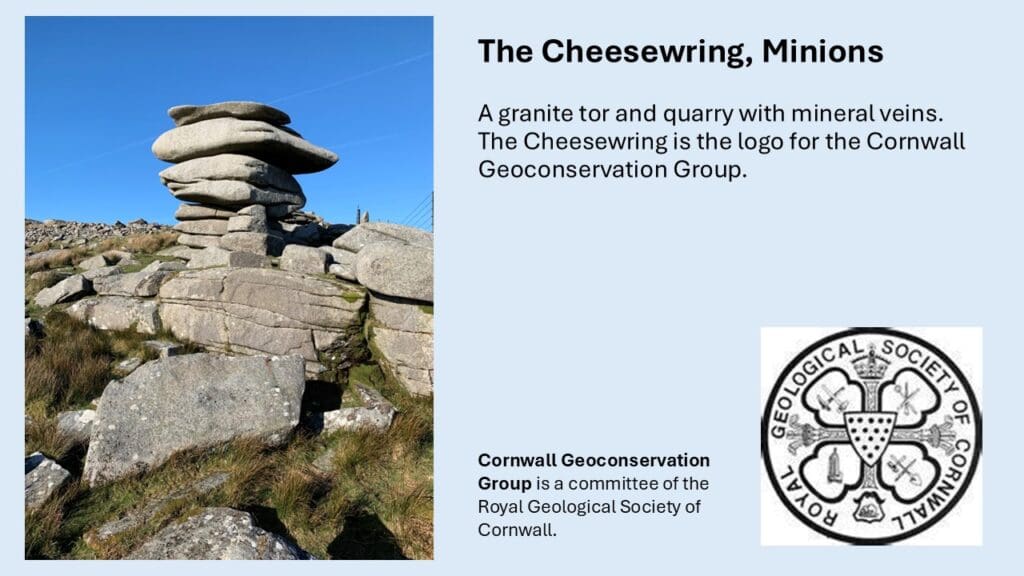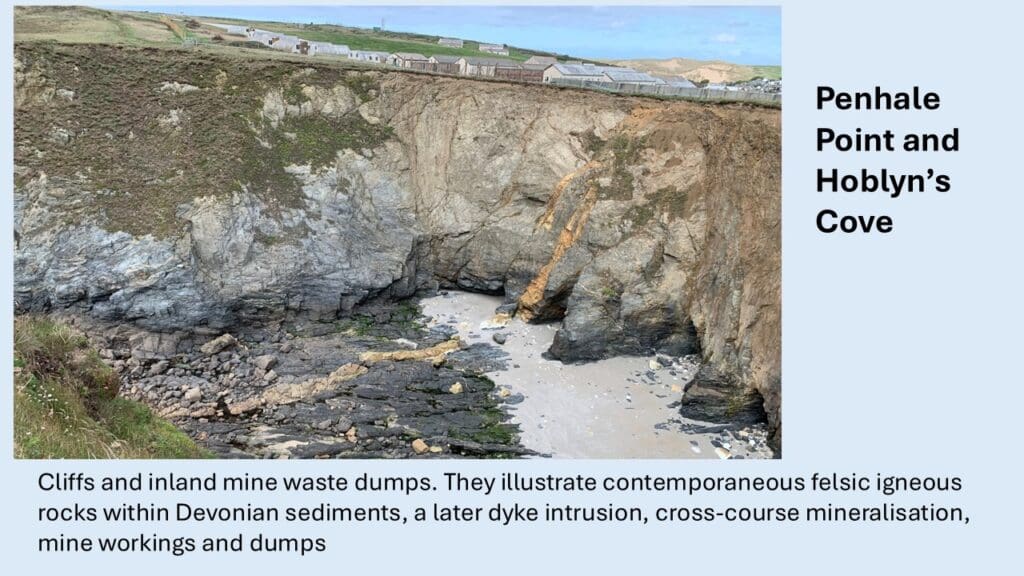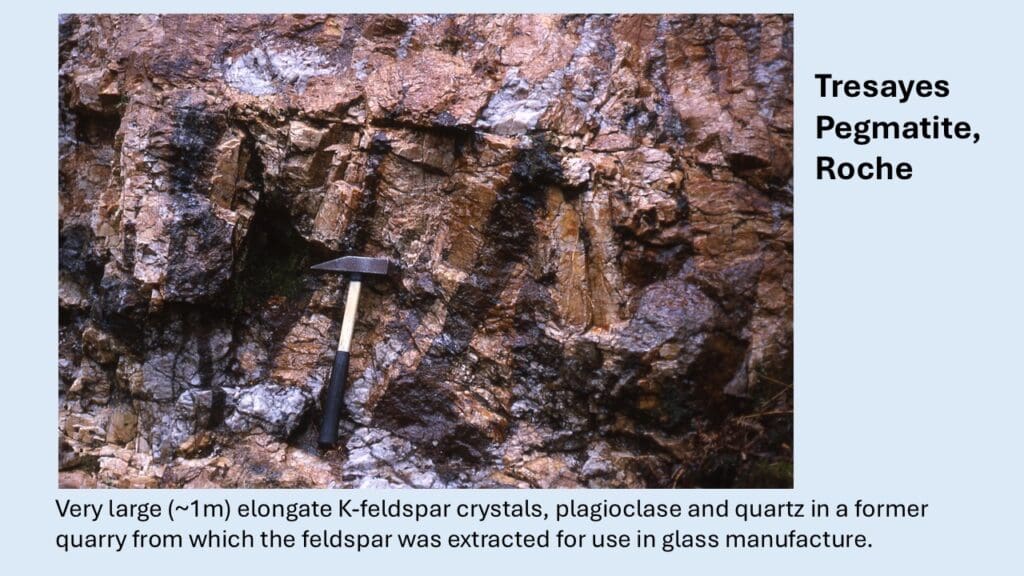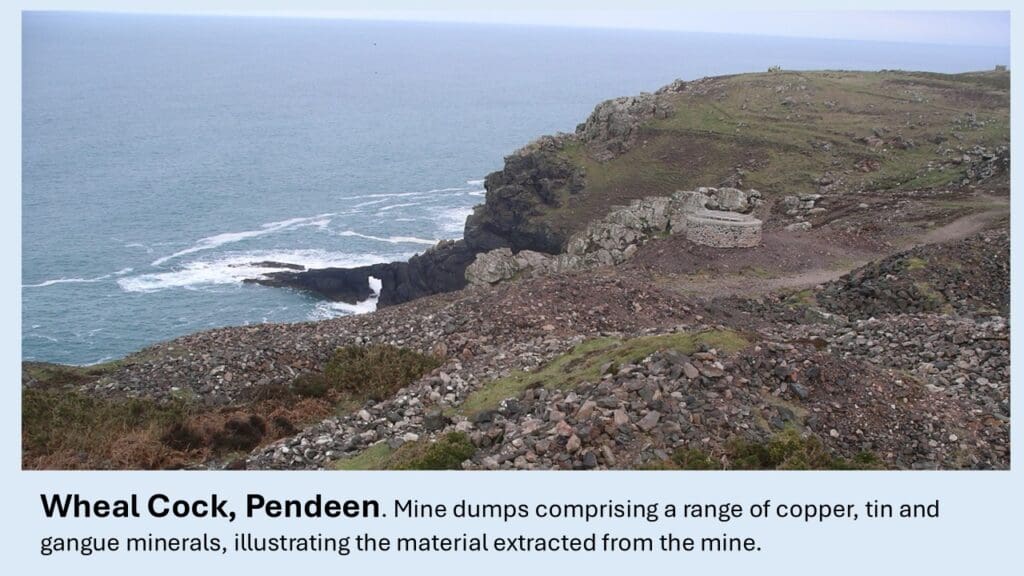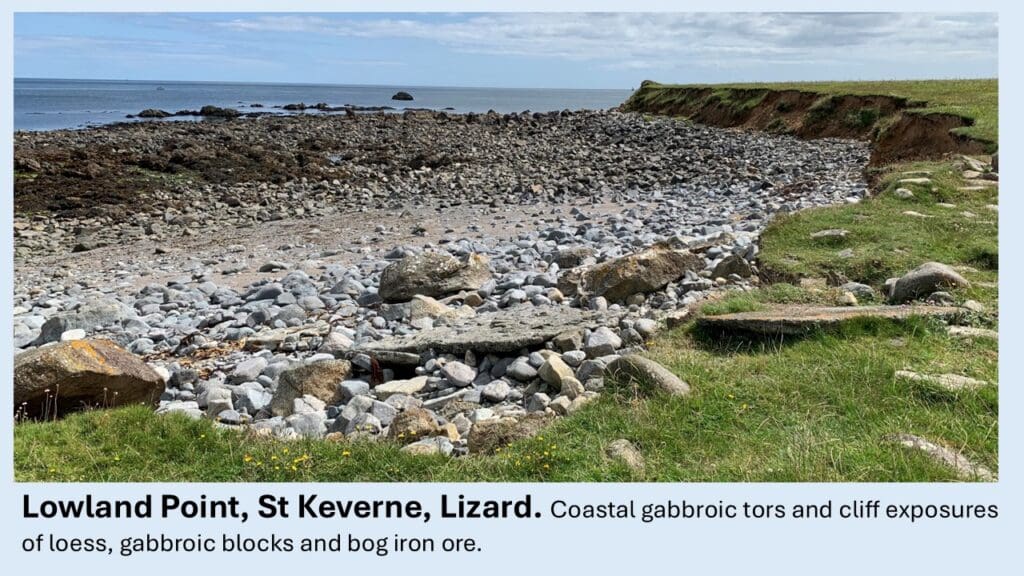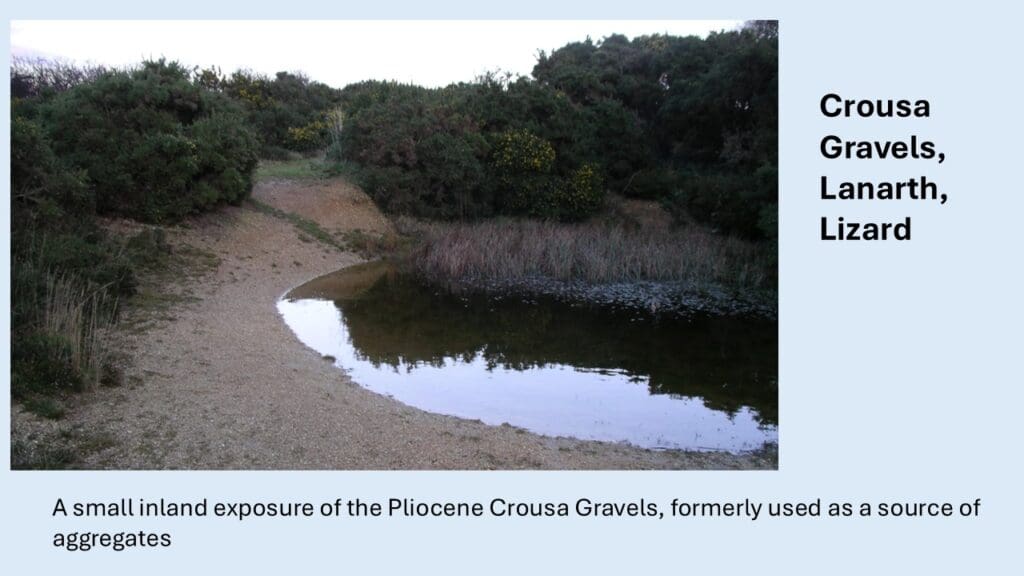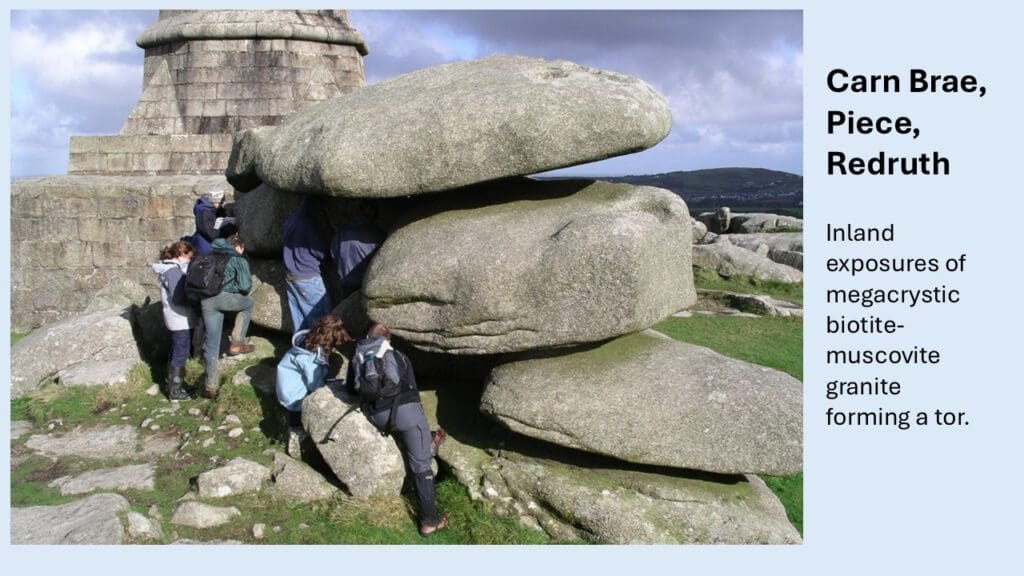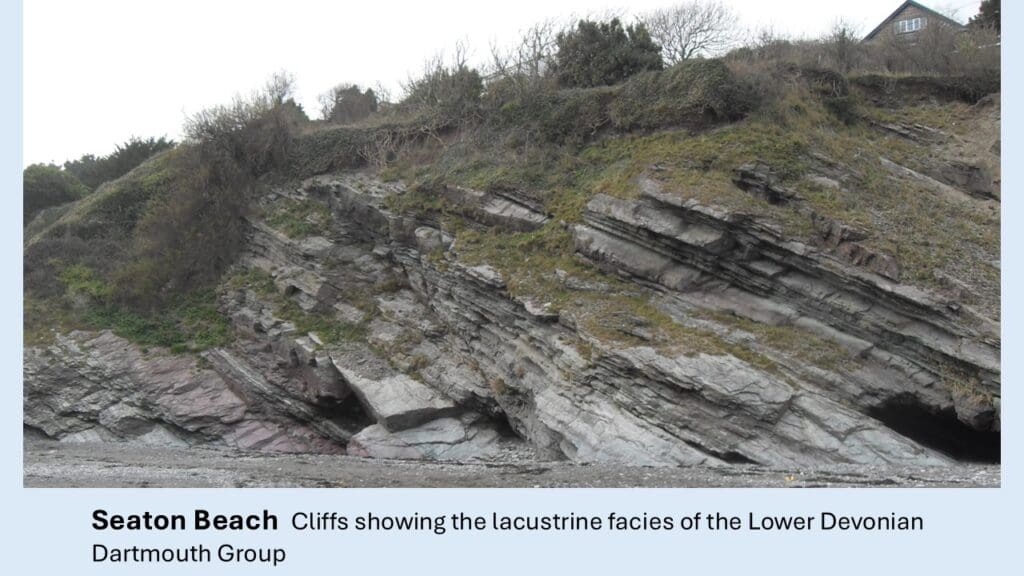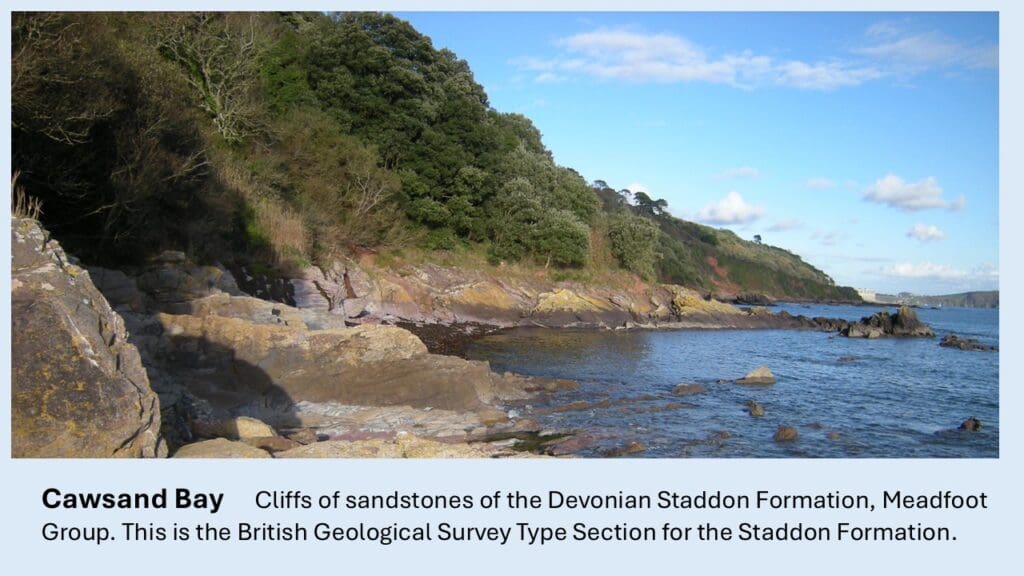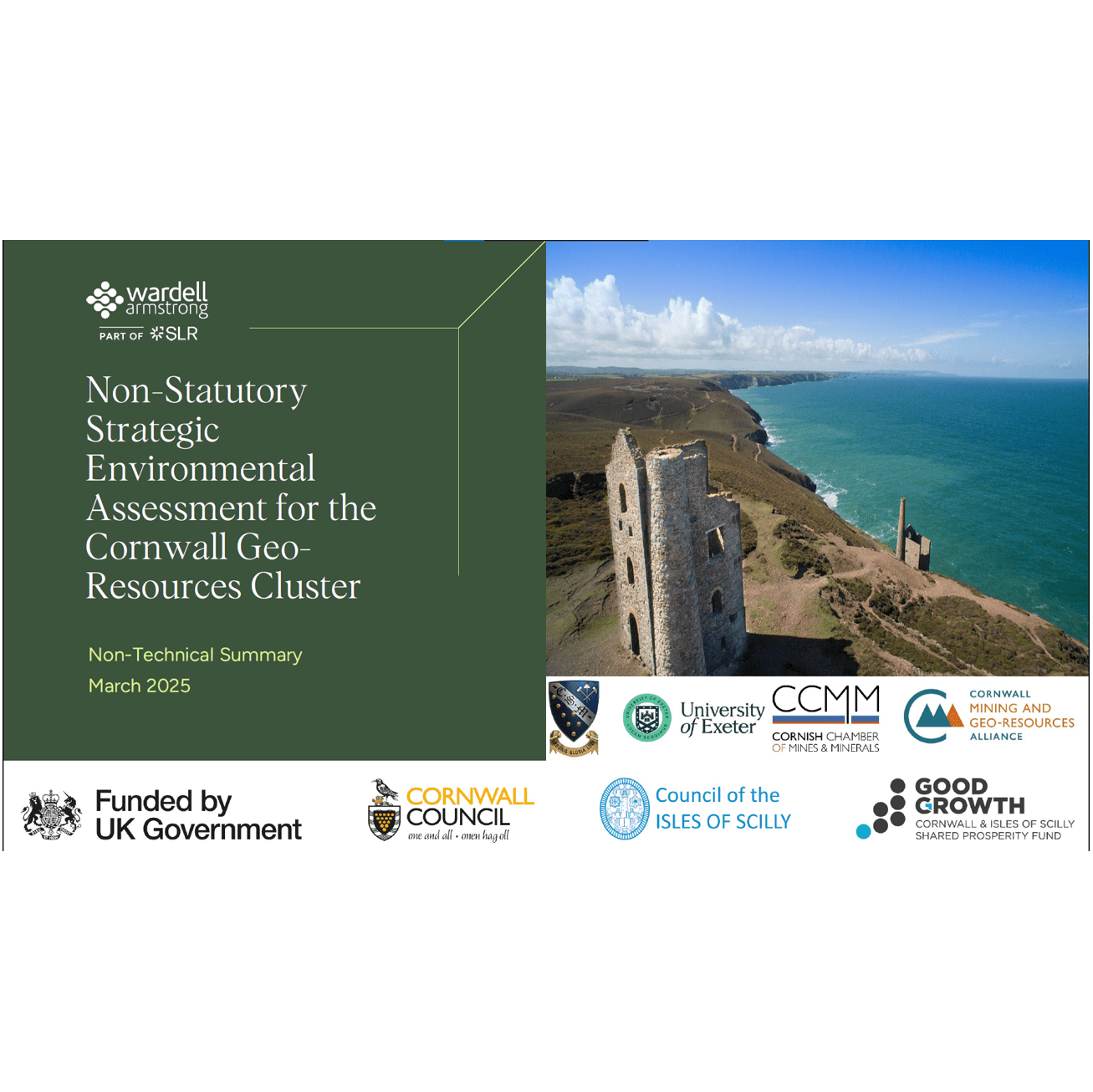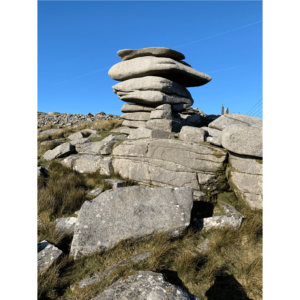
Cornwall Geoconservation Group
This project has re-aligned, updated, strengthened and generated additional awareness of the Cornwall Geoconservation Group (CGG) as part of the Royal Geological Society of Cornwall. It involves providing easy on-line access to County Geology Site information via Cornwall Mining and Georesources Alliance and an enhanced CGG site.
Background
Cornwall’s wide-ranging geodiversity (i.e. its variety of rocks, minerals, fossils, soils and landforms) is a valuable asset for educational, cultural and economic activities in the county. It is a fundamental component of the county’s geo-resources. It enables the story of the county’s geological history to be told and provides the vital information on which mineral exploration and past, present and future mining activities are based. Several aspects of Cornwall’s geodiversity include rocks that enable an understanding of ancient continental growth and mountain building, and the components of Earth’s Crust and Mantle. These and the diversity illustrated by the county’s economic minerals are of international importance. Cornwall is a ‘laboratory’ for understanding many processes involved in the formation of minerals of economic value, including metal ores of tin, copper, tungsten, zinc, lead, iron and lithium, plus kaolin (china clay). This has resulted in a large volume of past and current academic research centred on Cornwall. Innumerable study visits are made to the county by individual geoscientists, and numerous national and international field parties, including mining companies. I addition, Cornwall’s variety of inland and coastal landscapes and the overlying soils, some of which are unique in the UK and host unique biodiversity, reflect and complement that of the underlying strata.
Geoconservation is the practice of recognising, managing and protecting sites and landscapes containing examples of geodiversity. Cornwall contains a very large number of Sites of Special Scientific Interest (SSSI), chosen for their important geological features, and nearly 130 designated County Geology Sites (CGS). Many SSSI and CGS are located in active or former areas of mineral extraction. On-going mineral exploration, mining and quarrying activities enhance geodiversity through providing new rock exposures and samples.
The Cornwall Geoconservation Group
The aim of CGG is to identify, conserve and raise awareness of the geodiversity* of Cornwall and the Isles of Scilly and their geological, geomorphological and soils heritage. The Group has a volunteer membership, made up of professional and amateur geoscientists and mining engineers.
- Geodiversity – The natural range (diversity) of geological (rocks, minerals, fossils), geomorphological (landforms, topography, physical processes), soil and hydrological features. It includes their assemblages, structures, systems and contributions to landscapes. (Gray, M. 2013. Geodiversity: Valuing and Conserving Abiotic Nature. 2nd ed. John Wiley & Sons, Ltd. 512pp.)
Information about the CGG can be found here and more detailed information about geodiversity in Cornwall, along with the Geodiversity Action Plan can be found here.
County Geology Sites (CGS)
The work of CGG includes a responsibility for designating and maintaining CGS and providing advice to Cornwall Council on planning issues that have an impact on the County’s geodiversity. CGG is a formal consultee on planning applications that might affect the county’s development. It is the only organisation in the County with a geoconservation remit. CGG was formed in 1991 within Cornwall Wildlife Trust (CWT) and then known as the RIGS Group (RIGS – Regionally Important Geological and Geomorphological Sites). CGG is now part of the Royal Geological Society of Cornwall (RGSC) and retains links to CWT through the Environmental Records Centre for Cornwall and Isles of Scilly (ERCCIS), which hosts the primary data on County Geology Sites.
Information about the geological features of each CGS and an edited Excel database of all current sites taken from the information provided during the designation process is found at Cornwall Geoconservation Group.
The primary data on County Geology Sites is held by the Environmental Records Centre for Cornwall and Isles of Scilly (ERCCIS). A map of CGS with summary information on each site can be seen here.
A compilation of Sites of Special Scientific Interest (SSSI) designated for their geological or geomorphological features as part of the Geological Conservation Review (GCR) process undertaken by English Nature and it successor Natural England can be seen here.
Royal Geological Society of Cornwall (RCGS)
The RGSC was founded in 1814. It is the second oldest geological society in the world and has the longest run of publications of any geological society. This reflects the on-going importance of Cornwall as an international centre for understanding and managing geodiversity. RGSC has an active membership of professional and amateur geoscientists, engineers and others. It hosts regular talks in person or on-line and field excursions in the County and elsewhere. See ROYAL GEOLOGICAL SOCIETY OF CORNWALL.
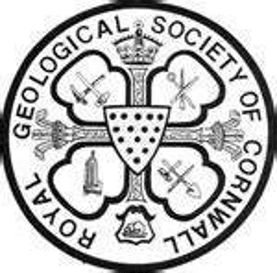
Gallery
Some of the Cornwall’s County Geology Sites are illustrated here with a brief description of their geology:
